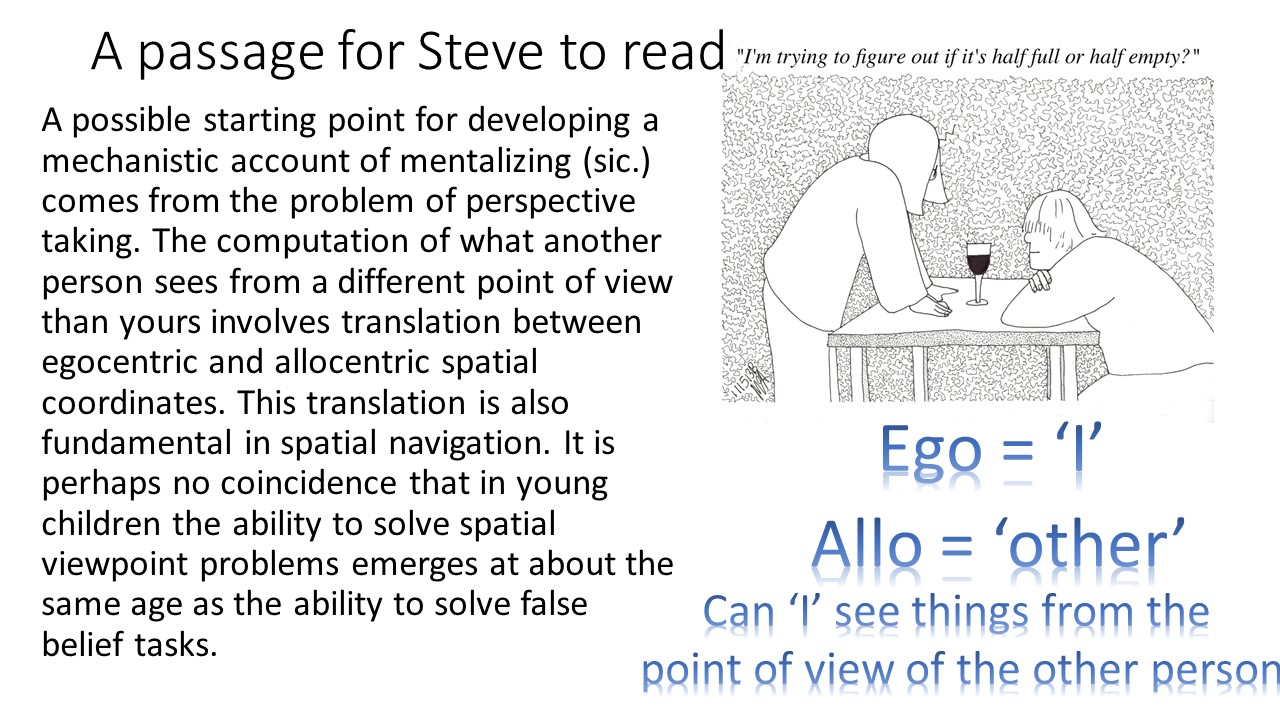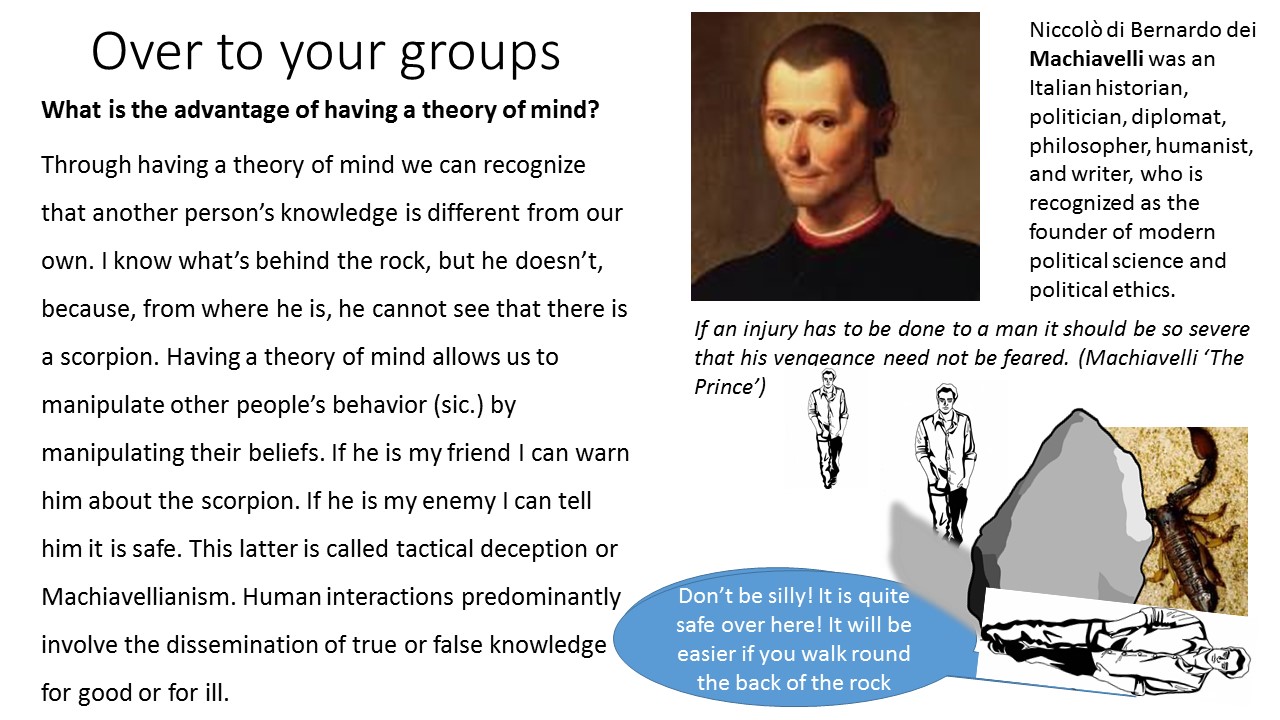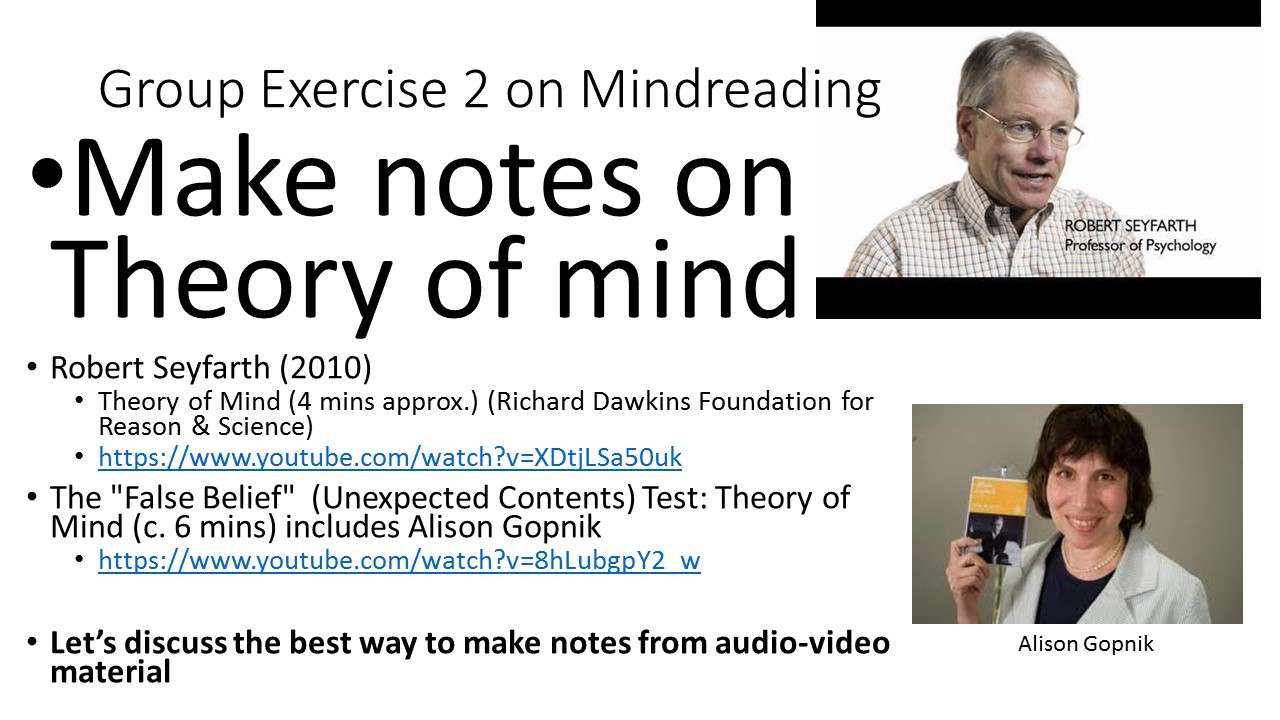Activity 11: Little OERs – creativity, scholarship, teaching and learning
I don’t want to even try and juggle with the big – little OER binary in Weller (2012, 2016) because for me the discussion in Weller starts at the wrong place, with the ‘scholar’. This word has a fascinating history no doubt. However, the history I give is personal.
I remember my grandmother, after the death of my grandfather having to admit (as she seemed to experience it) that she ‘was no scholar’. In effect my grandfather had written all the letters that had come from her (and we thought ‘her’ alone) throughout my childhood. None of her four children, including my mother who read voraciously until losing her sight, knew she could neither read nor write. She was ‘illiterate’, a word she knew but would not or could not use, and that, when she had been ‘in service’ as a girl was even then seen as shameful.
By then, I was studying for a PhD (which I never finished) at Kings College Cambridge. For me scholarship faded into the grandeur of the College Library: old tomes and up-to-the minute-interpretations, presided over then by the doyenne of Post structuralism, Colin McCabe.
Yet scholarship had filthy edges at Cambridge, known as ‘teaching and learning’. McCabe organised the postgraduate community of his college to teach the under-graduates, hence ensuring that they received possibly the least experienced teachers ever known – although they might formally be owned by names of grander stature. Scholarship was that thing that allowed those grander names to keep their hands clean of undergraduate teaching.
So the idea of an ‘open scholar’ just does not appeal, although I did learn a lot from those Kings’ students about being open (but that’s another story).
The ‘open teacher and learner’ is another matter. In many ways it is what I have become – a rather patchwork identity where learning and teaching might both be known as ‘saving’ and ‘sharing’. The paradox was that I really only was able to become that once free of over-defining institutions (in my current semi-retirement). I now do a little teaching for the OU and study with them too, but only in as far as I can reject the ‘authority’ that is supposed to lay behind ideas like ‘scholar’, and ‘tutor’, ideas that Bayne (2005) argues are definitive of the distance OU tutors take to OU learners..
An open teacher and learner is both, sometime in varying combinations. Some of that function is partaking of the vast capability for knowledge and skill curation in formal and informal repositories distributed across the web (‘saving;), the rest is ‘sharing’ that to elicit critical conversations – conversations that evaluate, analyse and link different areas of knowledge and skill to each other.
Hence, when I teach, my PowerPoints tend to be patchworks of rescued objects from the web (YouTube videos, newspaper articles, cartons, complex graphics – especially flow charts, academic journal articles and bits of novels all rubbing up against course material (web and book) and signposts to further research. The idea is to expose people to multi-modal participatory reading opportunities.
I choose these things because they elicit social conversation, blending it with the elicitation of joint cognitive and the inevitable metacognitive awakening (learning about learning). For instance I always ask groups to read a passage from a demanding academic textbook – in teaching attachment bonding, it is on the methodological and interpretation problems of applying a psychological procedure to the study of dog – dog owner relationships. In a synchronous forum, this is done by getting people to highlight the passage using different colours for different purposes – for instance, purple = an obscure passage, line or phrase. Here's an illustration from a first tutorial on 'Theory of Mind'. I read one (modelling). The group(s) read the other.


We then work out the different lines or phrases picked out as obscure in different breakout groups. This inevitably turns cognitive to metacognitive presence – how do we learn about the differences in our learning. With You Tube, I ask people (for instance) to make notes of a video and then share them: they learn that observation of significance is any resource is variable between persons and, during the discussion, in the same person. This can be done (differently) in asynchronous forum.

At all times I take part myself, sharing my own findings, at first to ‘model’ the behaviour and secondly to show that my readings are not superior – although they may be different and based (sometimes) on more past interpretive inputs.
One important thing in this is to break what Carol Dweck identifies as myths about intelligence that limit people and lower their self-expectations and self-efficacy. This is as true I find in HE as it is in FE or schools.
So there it is openness for me. It can’t be summarised as a set of behaviours and strategies as in Weller without it also being about openness in conversation, sharing in ways that are frank about vulnerabilities as well as strengths (allowing them to be seen in everyone and shared too). More than anything, it challenges the idea of ‘authority, as placed in one locus – the person of the teacher, although it sometimes is there. In can be in a group exchange (Stahl 2006) or in a hesitant learner yet to be fully articulate statement. This is more difficult asynchronously but can be done.
All the best
Steve
Comments
New comment
What a clever grandmother - to organise everything so that not even her own children knew. Smart woman I recon.